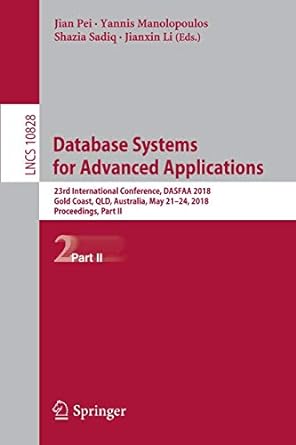Question
One of the defining properties of regular languages is that they're recognized by DFAs. a) Write every regular language can be recognized by some DFA
One of the defining properties of regular languages is that they're recognized by DFAs.
a) Write "every regular language can be recognized by some DFA" as a first-order formula, and find its complement, contrapositive, and dual. Express each of these as both a first-order formula and a written description in English. Hint: for this example, you can treat "can be recognized by some DFA" as a simple predicate
. b) What can we infer about nonregular languages from this?
c) What if we didn't treat "can be recognized by some DFA" as a predicate, but instead wrote it as its own expression in first-order logic?
Step by Step Solution
There are 3 Steps involved in it
Step: 1

Get Instant Access to Expert-Tailored Solutions
See step-by-step solutions with expert insights and AI powered tools for academic success
Step: 2

Step: 3

Ace Your Homework with AI
Get the answers you need in no time with our AI-driven, step-by-step assistance
Get Started


